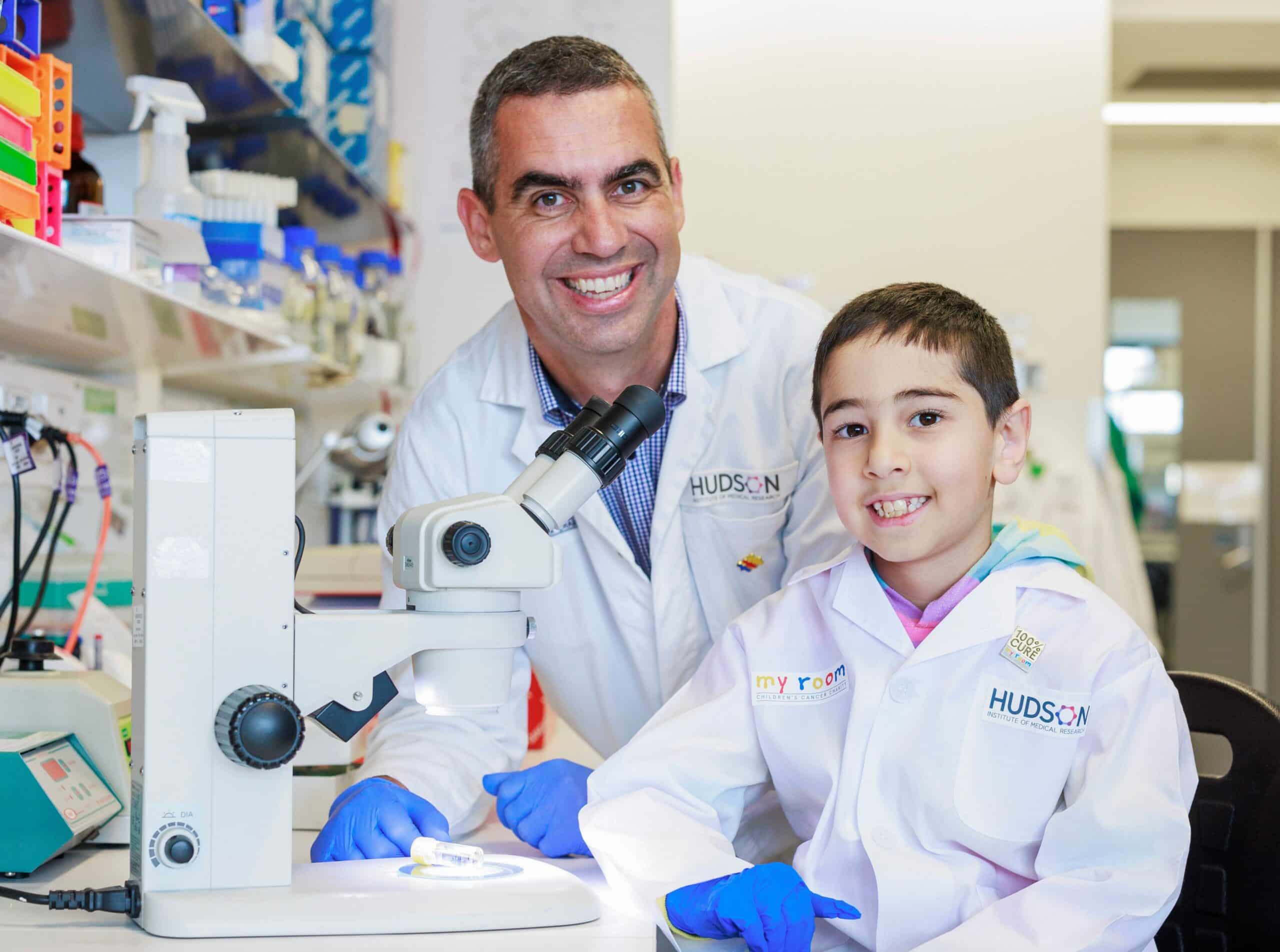Adolescent and young adult (AYA) sarcoma program

Improving survival rates and treatments for children adolescents, and young adults with sarcomas
Overview
Lead Researcher | Associate Professor Jason Cain
Sarcomas are rare cancers that develop in connective tissues such as muscle, bone, fat and cartilage. They are among the most common solid tumours in children, teens and young adults, accounting for about 15% of childhood cancers. Sarcomas are projected to become the leading cause of cancer-related death in the 10-24 age group in Australia.
Their rarity and diversity make sarcomas challenging to diagnose and treat. To improve outcomes for young sarcoma patients, it is critical to advance research into sarcoma biology, treatment responses and novel therapies.
Despite aggressive multimodal treatments, including chemotherapy and surgery, significant clinical challenges persist for children with sarcomas:
- Stagnant survival rates: Paediatric sarcoma survival rates have barely improved for more than four decades, due to a lack of new treatment options.
- Lifelong morbidity: While about 70% of childhood sarcoma patients achieve a cure, many endure long-term health issues.
- Lack of effective treatments: The remaining 30% of patients have no effective treatment options.
- Poor outcomes for advanced disease: Metastatic or relapsed sarcomas have a five-year survival rate of less-than 20%.
Goals
Our goal is to improve survival rates and treatments for children, adolescents, and young adults with sarcomas. While molecular markers are enhancing treatments for other paediatric cancers, sarcomas lag behind. Continued research and innovation are crucial for developing strategies for early diagnosis, treatment, and management.
This clinical and discovery research program uses patient tissues, preclinical models, and novel experimental approaches to tackle this challenge. The program focusses on identifying the molecular signatures that predict a patient’s response to therapy, their metastasis risk, and potential survival outcomes. Identifying these factors will enable clinicians to stratify risk in children, and tailor therapies to minimise side effects and improve overall outcomes. In addition, understanding the tumour features that dictate therapy response and enable metastasis will inform on new treatment opportunities.
Sarcoma program research projects
Identification of molecular prognostic and therapy resistance signatures in childhood sarcomas

Targeting the Hedgehog signalling pathway in childhood and adolescent osteosarcoma

Development of new therapies for metastatic sarcomas

Improving immune recognition and response to immunotherapy in childhood sarcomas

The Sarcoma therapeutic target accelerator program

Related childhood cancers: osteosarcoma, Ewing’s Sarcoma, rhabdomyosarcoma, malignant rhabdoid tumour
.

